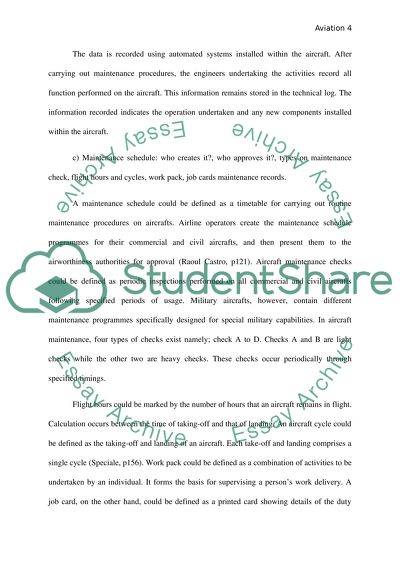Cite this document
(“Aircraft maintenance planning procedures Research Paper”, n.d.)
Retrieved from https://studentshare.org/physics/1442164-air-legislation-maintenance-procedure-planning
Retrieved from https://studentshare.org/physics/1442164-air-legislation-maintenance-procedure-planning
(Aircraft Maintenance Planning Procedures Research Paper)
https://studentshare.org/physics/1442164-air-legislation-maintenance-procedure-planning.
https://studentshare.org/physics/1442164-air-legislation-maintenance-procedure-planning.
“Aircraft Maintenance Planning Procedures Research Paper”, n.d. https://studentshare.org/physics/1442164-air-legislation-maintenance-procedure-planning.


